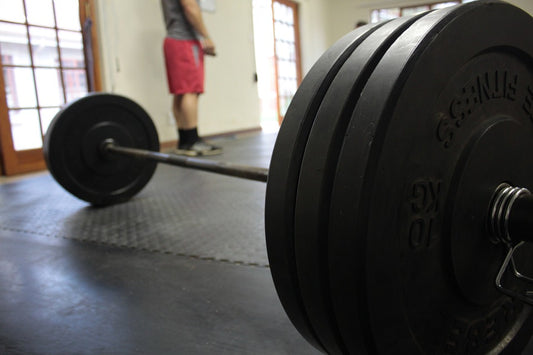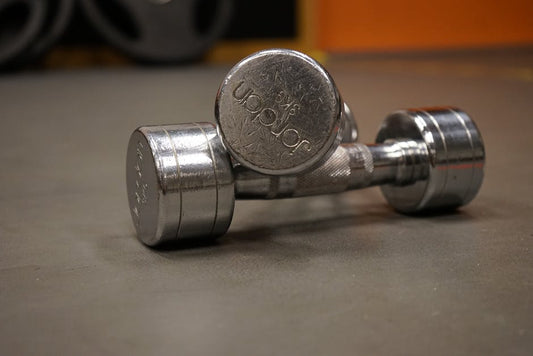CrossFit

Athletes Diet: Intake of Carbohydrates for Trai...
Carbohydrates are the backbone of sports nutrition. Endurance athletes around the world consume foods rich in carbohydrates to give them the energy to sustain their training over long periods. During...
Athletes Diet: Intake of Carbohydrates for Trai...
Carbohydrates are the backbone of sports nutrition. Endurance athletes around the world consume foods rich in carbohydrates to give them the energy to sustain their training over long periods. During...

Working Out in the Cold – Cross Training Workou...
It is the time of the year when athletes change their CrossFit gear to put on sweatpants over their sports shorts and thick pullovers over their shirts. As the cold...
Working Out in the Cold – Cross Training Workou...
It is the time of the year when athletes change their CrossFit gear to put on sweatpants over their sports shorts and thick pullovers over their shirts. As the cold...

What to Look for in Weightlifting Shoes
CrossFit and weightlifting are disciplines whose popularity is on the rise. For this reason, more companies than ever before are looking at demand in this space and producing weightlifting shoes...
What to Look for in Weightlifting Shoes
CrossFit and weightlifting are disciplines whose popularity is on the rise. For this reason, more companies than ever before are looking at demand in this space and producing weightlifting shoes...

Putting in Place the Right Strategies for Your ...
There is no doubt that CrossFit athletes are always looking forward and busy in laying strategies for 2018. Gym memberships are likely to skyrocket, and every treadmill occupied. Every person...
Putting in Place the Right Strategies for Your ...
There is no doubt that CrossFit athletes are always looking forward and busy in laying strategies for 2018. Gym memberships are likely to skyrocket, and every treadmill occupied. Every person...

How to Plan Your Trip Wisely and Train on the Go
Traveling is often associated with minimal activities, and no one can imagine that you can realistically train on the go. Time limits and other activities override the need for training,...
How to Plan Your Trip Wisely and Train on the Go
Traveling is often associated with minimal activities, and no one can imagine that you can realistically train on the go. Time limits and other activities override the need for training,...

